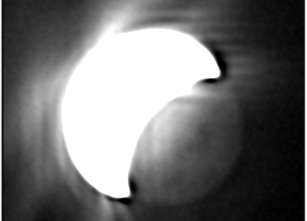
One of the most fascinating planetary observation that you can make is imaging the surface of Venus, a planet however completely covered by a permanent layer of bright clouds. Or to say it better, you can image the thermal signal of the surface…

One of the most fascinating planetary observation that you can make is imaging the surface of Venus, a planet however completely covered by a permanent layer of bright clouds. Or to say it better, you can image the thermal signal of the surface…
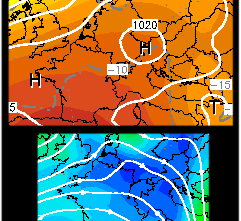
Observing under a good astronomical seeing is the main problem of the planetary imager… much more than cameras’ settings or the correct use of softwares! Here are five meteorological conditions easy to catch that favors the sky’s steadiness.
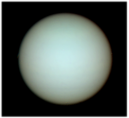
Uranus is still a planet hard to observe for amateurs. If imaging the planet in infrared is now almost common among them since last year, the experience we have in the visible wavelengths corresponding to the human vision is still weak and controversial. What does the HST show about it…
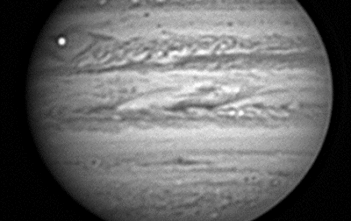
A recurring topic of discussion for planetary imaging is how long the videos can go on planets without losing contrast because of their rotation. Jupiter, that offers so much details but that spins so fast is of course the first concerned! So how long is “too long” on Jupiter?
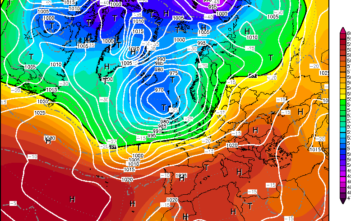
There are numerous ressources on the web to forecast the weather. Here is my use of the Global Forecast System (GFS) for Astronomy. These are previsions for western Europe but you can find weather maps for any part of the world you are living in !

Autostakkert!2 is currently one of the best processing software for planetary videos. This software realized by Emil Kraaikamp can work with multipoints alignments. I’m testing here different size of those APs to see if it does really matter..

I have recently found again some blog articles posted on the web site of the Planetary society. This site welcomes several blogs, among them one held by Emily Lakdawalla who regularily publishes posts of excellent quality about planetary news – her Uranus articles are especially fine and they should be…
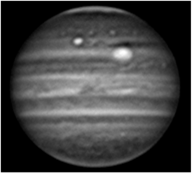
I briefly go back to Jupiter CH4 images. On my tutorial I said that the best processing method was the stacked image of WinJupos video de-rotation instead of the “corrected video”. I made again some tests with my last CH4 image and this is confirmed! When making video de-rotation with…
Observing Venus is one of the most interesting planetary observations accessible to amateurs. The planet is mostly observed in violet and ultraviolet as these colors show the most contrasted details. However there is another fascinating wavelength that gives access to a different cloud layer and even to the surface of…

The methane filter (CH4) is a filter whose very narrow transmission is centered around one of the CH4 absorption band in the near infrared at 890 nm. That filter is very interesting because in contrary to all others, it does not reveal information relative to color differences (the albedo) but…